Green fire tetra - Aphyocharax rathbuni
Scientific name: Aphyocharax rathbuni
Common name: Green fire tetra
Family: Characidae
Usual size in fish tanks: 4 - 5 cm (1.57 - 1.97 inch)
014
Recommended pH range: 6 - 7.5
Recommended water hardness: 8 - 20°N (142.86 - 357.14ppm)
0°C 32°F30°C 86°F
Recommended temperature range: 20 - 26 °C (68 - 78.8°F)
The way how these fish reproduce: Spawning
Where the species comes from: South America
Temperament to its own species: peaceful
Temperament toward other fish species: peaceful
Usual place in the tank: Middle levels
Short description
The Green fire tetra (Aphyocharax rathbuni) is a small, active schooling fish native to the Rio Paraguay basin in South America. It shows a glowing greenish body sheen with a red tail base, making it a striking yet underrated community fish. As with most tetras, keep them in groups of 6 or more to reduce stress and display natural behavior. They appreciate subdued lighting, open swimming areas, and patches of plants or driftwood for cover. Hardy and adaptable, they tolerate a range of water conditions but thrive best in slightly acidic, soft to moderately hard water.
Origin
Native to the Rio Paraguay basin in Brazil and Paraguay. They are typically found in calm tributaries and floodplain habitats with vegetation and leaf litter.
Food and feeding
An omnivorous micro-predator. Provide a high-quality flake or micro-pellet as a staple, supplemented with frozen or live foods such as brine shrimp, daphnia, and bloodworms. They feed midwater and readily take small sinking or drifting foods.
Sexing
Males are slimmer and show distinct white tips on the dorsal and anal fins. Females are fuller-bodied, especially when gravid.
Breeding
A typical egg scatterer. Use a dimly lit spawning tank with fine-leaved plants or spawning mops. Condition adults on live foods, and spawning usually occurs at daybreak. Eggs hatch in 2–3 days, with fry free-swimming in 5–6 days. Start fry on infusoria or other microscopic foods, then transition to newly hatched brine shrimp.
Lifespan
Expected lifespan is 3–6 years, with well-kept individuals occasionally living up to 7 years.
Behavior & compatibility
Generally peaceful, making them ideal for community tanks. Keep with similarly sized, calm species such as other tetras, rasboras, dwarf corydoras, and small peaceful cichlids. Males may spar occasionally, but serious aggression is rare in properly sized groups. Avoid mixing with very slow or long-finned tank mates to prevent fin-nipping.
Tank requirements
- Tank size: at least 60 liters for a school; larger tanks allow more natural behavior.
- Aquascape: open swimming space with planted edges, driftwood, and leaf litter for cover.
- Lighting: subdued or filtered through floating plants.
- Filtration: gentle to moderate flow with good oxygenation.
Green fire tetras (Aphyocharax rathbuni) are schooling fish and should never be kept alone or in pairs. A group of at least 6–8 individuals is essential for their health and natural behavior. Larger groups reduce stress, bring out brighter colors, and minimize fin-nipping or skittish behavior.
Pictures
Bought by aqua-fish.net from jjphoto.dk.
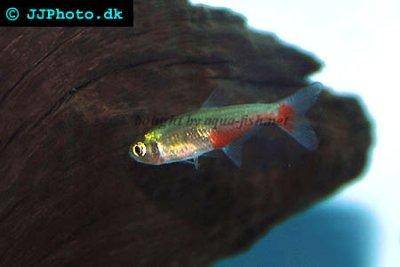



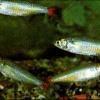 Bloodfin
Bloodfin 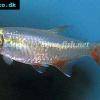 Bloodfin
Bloodfin 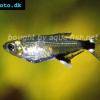 Panda
Panda 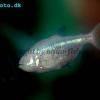 Blind
Blind 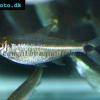 Kennedy
Kennedy 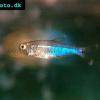 Blue
Blue 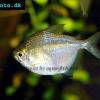 Discus
Discus 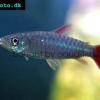 Pink
Pink 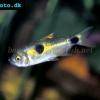 Bucktoothed
Bucktoothed 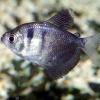 Black
Black 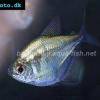 False
False 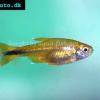 Silver
Silver  Hemigrammus
Hemigrammus 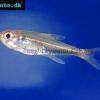 Dash-dot
Dash-dot 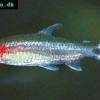 Rummy
Rummy 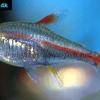 Glowlight
Glowlight 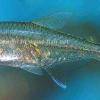 January
January 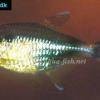 Head
Head 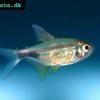 Garnet
Garnet 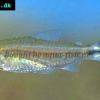 Rummy
Rummy 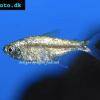 Gold
Gold 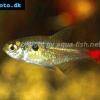 Red
Red 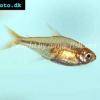 Ember
Ember 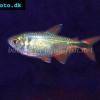 Buenos
Buenos 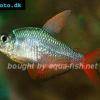 Colombian
Colombian 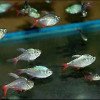 Ecuador
Ecuador 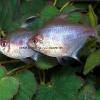 Bleeding
Bleeding 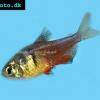 Flame
Flame 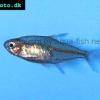 Georgett’s
Georgett’s 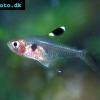 Griems
Griems 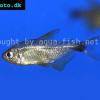 Kitty
Kitty 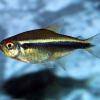 Black
Black 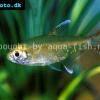 Firefin
Firefin 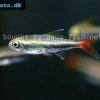 Loreto
Loreto 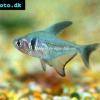 Black
Black 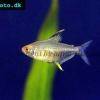 Lemon
Lemon 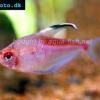 Redback
Redback 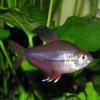 Rosy
Rosy 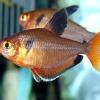 Serpae
Serpae 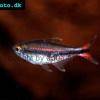 Savanna
Savanna 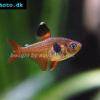 Red
Red 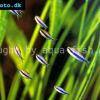 Blue
Blue 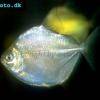 Silver
Silver 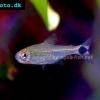 Ceros
Ceros 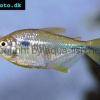 Napo
Napo 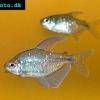 Diamond
Diamond 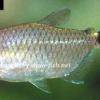 Red
Red 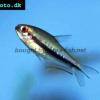 Rainbow
Rainbow 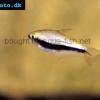 Emperor
Emperor 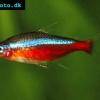 Cardinal
Cardinal 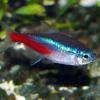 Neon
Neon 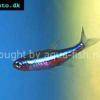 Green
Green 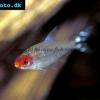 False
False 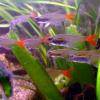 Glass
Glass 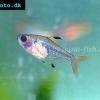 X-ray
X-ray 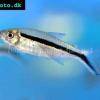 Penguin
Penguin